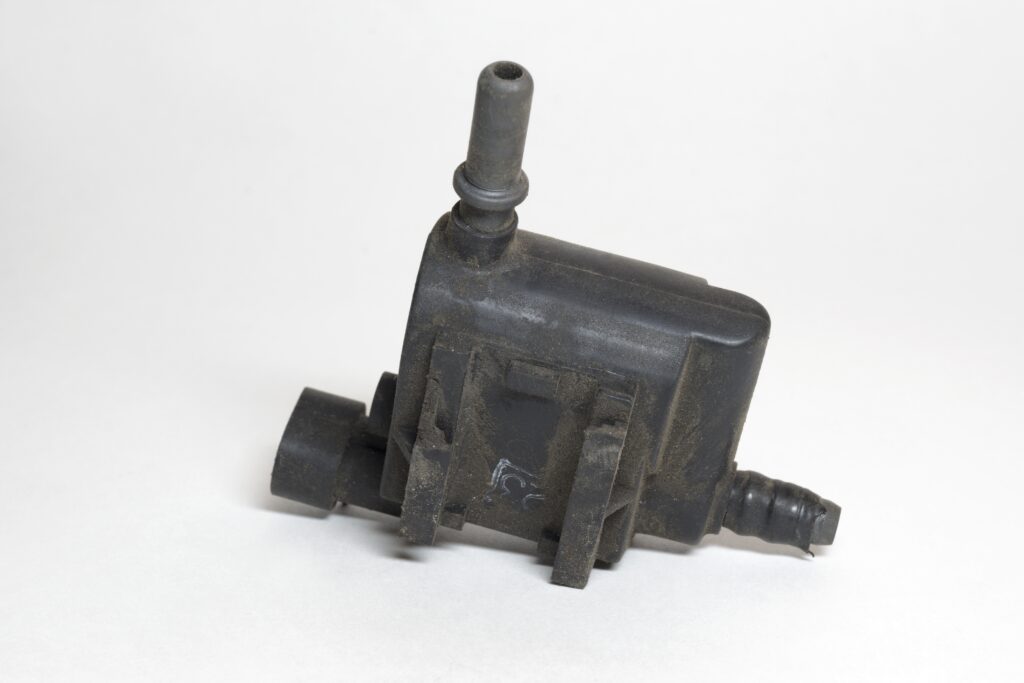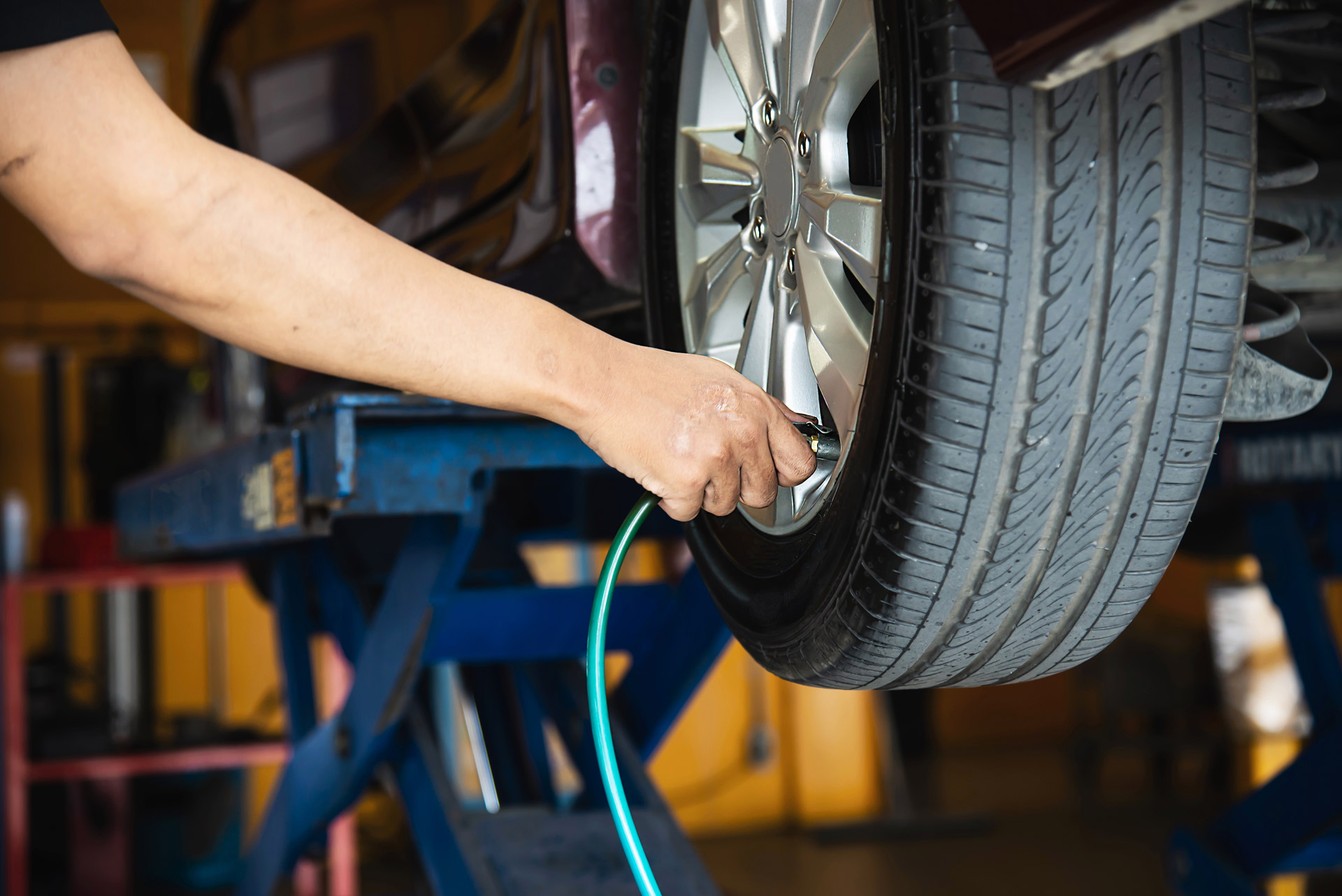

A faulty purge valve can lead to poor fuel efficiency and increased emissions if left unaddressed. In the guide below, explore the purge valve’s role in the EVAP system, common signs of failure, when to replace a purge valve, and how to diagnose P0441, P0443, P0455, P0456, and other related trouble codes. Rely on Identifix Direct-Hit for technician-verified repair procedures, symptom-based troubleshooting, and the critical OE information you need to diagnose and repair a bad purge valve.
A bad purge valve can mean more than just increased emissions due to unburned fuel vapors exiting the tailpipe. The fuel vapors that the purge valve redirects back into the engine directly influence the air/fuel mixture. Any inconsistencies in this critical ratio inhibit optimal engine performance and can eventually cause more significant issues.
For example, the engine may have difficulty starting based on the fluctuating fuel vapors that contribute to the optimal air/fuel ratio. The engine control module will attempt to adjust to these changes, but it is only chasing a moving target. If the engine can turn over, the same inability to maintain the optimal mixture can lead to rough idling or even stalling.
Bad purge valves typically stick open or closed if they malfunction, and neither scenario is ideal. When the valve remains shut, fuel vapors route out the exhaust. In the case of a stuck-open purge valve, the excess air introduced into the system exceeds the amount accounted for by the engine control module, once more causing an inconsistent air/fuel mixture and poor engine performance.
Some newer vehicles are equipped with sensors that alert drivers via a check engine light to the potential of a bad purge valve. These sensors monitor pressure in the fuel tank and alert if there’s any inconsistency as a proactive measure. Early notification of a lack of expected pressure can help drivers minimize any damage a malfunctioning purge valve could have caused.
The Evaporative Emission Control System, or EVAP system, captures and prevents fuel vapors from escaping into the atmosphere. The system stores fuel vapors in a charcoal canister until they’re redirected into the engine to be burned. The main components of the EVAP system include the following:
Within the EVAP system, the purge valve ensures the fuel tank maintains positive pressure, even when the engine is turned off. It also prevents fuel from flowing back into the filler pipe and excess air from entering the intake. Most manufacturers locate the purge valve near the fuel tank or between the air intake manifold and the charcoal canister.
If you suspect a bad purge valve, it is also important to test the unit first to diagnose the problem. The three tests below evaluate the purge valve’s two major components: the valve itself and the solenoid that controls it.
The purge valve is electronically controlled by a solenoid that opens and closes based on input from the engine control module. The open or closed position depends on several parameters, including engine temperature and speed. If you hear a click when voltage is applied to the solenoid, it’s functioning properly.
With the engine off, use a multimeter to measure the resistance between the purge valve’s terminals. A viable purge valve will return a reading of 22 to 30 ohms. If the resistance measures outside of this range, replace the faulty purge valve.
Begin by turning the engine on and locating the purge valve hose connections. Disconnect the hose to the charcoal canister. If the purge valve does not open and close at various intervals, it must be replaced.
Performing the tests above can help you diagnose the potential cause of a failed purge valve. In many cases, normal wear and tear is often enough to cause this unit to fail. Below are additional reasons why a purge valve might fail:
As with many vehicle systems involving mechanical and electrical components, it is often best to verify the proper function of the purge valve, the solenoid, and its electrical connections for a thorough diagnosis. Such an approach can help ensure the problem is addressed once, limiting multiple trips back to the drawing board.
In the event of a faulty purge valve, the engine control module may illuminate the check engine light and store one of the following codes: P0441, P0443, P0455, or P0456. Corresponding to the EVAP system’s function, these codes point to incorrect flow, the purge valve control circuit, or a small or large leak. Use these codes to help diagnose the root problem thoroughly and perform the necessary repairs.
A P0441 code indicates an inconsistency in the amount of fuel vapor purged from the charcoal canister into the engine. This code is common on vehicles with a purge flow sensor or leak detection pump. Diagnosing the problem starting at the connection between the purge valve and the charcoal canister can help identify the underlying cause.
As the diagnostic trouble code specifics suggest, the purge control valve circuit isn’t performing as expected. A loose connection or damaged wires could be the cause.
Both P0455 and P0456 engine codes correspond to a leak detected within the EVAP system. P0455 indicates a significant leak, while P0456 reflects a smaller leak. Causes include faulty gas cap, cracked EVAP hoses, a malfunctioning charcoal canister, or a bad purge valve.
Replacing the purge valve is a relatively straightforward process that requires removing the old valve and installing a new one. However, certain protocols are necessary for various makes and models that you should review before removing connector clips and disconnecting hoses. Identifix Direct-Hit contains a comprehensive database of technician-verified solutions to help streamline your repairs, regardless of the EVAP system you’re working on.
The risks of driving with a bad purge valve far outweigh the cost of replacing a few key components after a careful diagnosis. Use Identifix Direct-Hit to access a comprehensive library of technician-confirmed fixes relevant to specific makes and models to streamline purge valve and EVAP system repairs. Contact us to discover how to reduce repair times while increasing efficiency and profits with Identifix’s suite of auto repair software solutions.
Did you like this article? Find more great content at identifx.com/blogs and solera.com/blog.

Identifix is the leading provider of automotive repair shop solutions and sevices designed to improve shop profitability and repair outcomes.
"*" indicates required fields